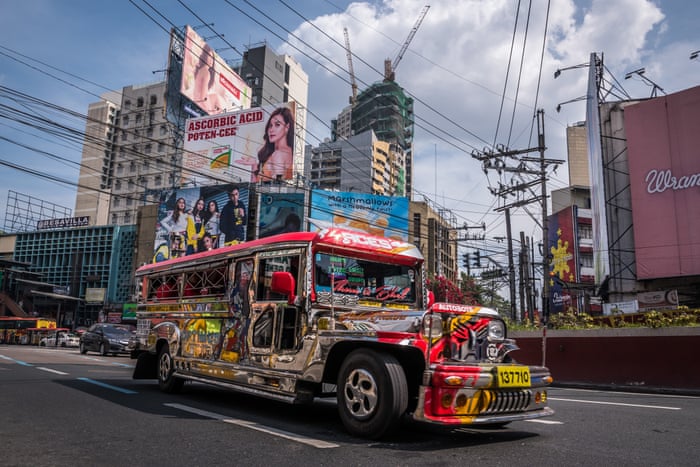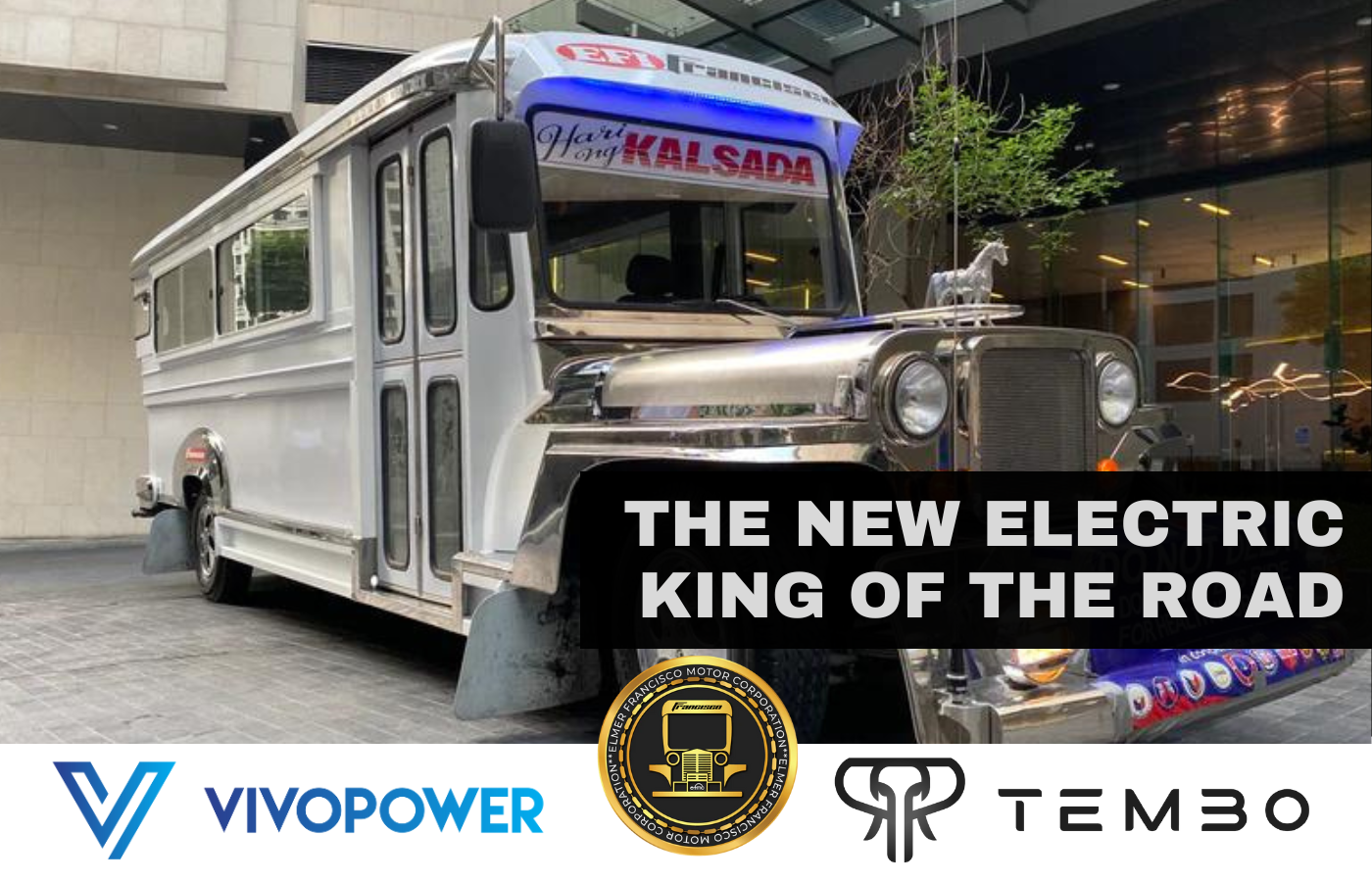Leading Advantages of Transit Advertising Philippines for Businesses
Leading Advantages of Transit Advertising Philippines for Businesses
Blog Article
Just How Transit Marketing Can Transform Public Transport Spaces Into Dynamic Advertising And Marketing Platforms
Transportation advertising holds considerable potential to redefine public transportation rooms into lively advertising and marketing platforms that involve and inform. By utilizing ingenious layouts such as interactive kiosks and digital display screens, brand names can not only reach a varied target market but likewise boost the overall commuter experience. This technique creates a special possibility for brands to connect with consumers in a setup that is frequently forgotten. As we explore the diverse advantages and advancing strategies of transit marketing, it elevates the inquiry of just how this transformation could redefine our interactions with both brand names and the city environment.
Benefits of Transportation Advertising

Additionally, transit advertising is highly cost-efficient compared to standard media. It enables marketers to accomplish high impressions at reduced costs, making the most of roi. The captive target market of commuters gives a chance for brand names to convey their messages to people who are usually receptive throughout their travel times.
Moreover, the vibrant nature of transit advertising and marketing allows projects to be upgraded frequently, making certain that messaging remains appropriate and prompt. This adaptability can be vital in reacting to market trends or advertising occasions, keeping the brand name top-of-mind for customers. Lastly, the pervasive existence of transportation marketing adds to brand name recall; repeated exposure within familiar traveling contexts enhances brand understanding and cultivates consumer loyalty, inevitably boosting and driving sales brand track record.
Kinds Of Transit Advertising And Marketing
Public transportation systems give various styles for marketing, each dealing with different advertising methods and audience engagement techniques. One noticeable type is exterior bus and train wraps, which cover the entire lorry and create a mobile billboard impact, permitting high exposure in metropolitan settings. These wraps can capture interest as they go across busy streets, reaching a diverse audience.
Another popular style is interior advertising, which includes posters, digital screens, and advertisements on transportation seats. These positionings engage guests throughout their trip, strengthening brand messaging in a constrained area. Digital shows, in particular, offer the benefit of vibrant content, allowing advertisers to upgrade messages in real-time.
Terminal marketing is also substantial, featuring posters, banners, and interactive kiosks within transit terminals. These advertisements leverage foot traffic and can target specific demographics based upon area.
Finally, marketing collaborations with transit authorities can lead to unique projects, such as themed transportation experiences or occasions, boosting the total interaction with travelers. Each kind of transportation marketing offers unique advantages, enabling brand names to tailor their technique to effectively reach their target audience within the general public transportation ecosystem.
Involving Commuters Efficiently
Commuters are progressively inundated with advertising messages during their everyday trips, making it essential for brands to involve them in ingenious methods. To capture attention in this jampacked space, advertisers must prioritize creativity and significance. Making use of captivating visuals and succinct messaging can considerably boost the likelihood of engagement.
Interactive aspects, such as QR codes or increased fact features, can likewise transform fixed advertisements right into immersive experiences, fostering a deeper connection with the target market. Brand names need to focus on dealing with travelers' interests and requirements, customizing messages to reverberate with their lifestyle, whether through promotions for neighborhood organizations or solutions developed to boost their travelling experience.
In addition, timing plays a crucial role; tactically putting ads during height travelling hours can make the most of exposure and effect. Involving travelers successfully additionally entails leveraging social media sites assimilation, permitting guests to share their promos or experiences straight from transportation platforms, consequently magnifying brand name reach.
Fundamentally, efficient interaction hinges on understanding the commuter journey and creating engaging, interactive, and view pertinent advertising and marketing experiences that not just catch focus however likewise drive action and loyalty. By doing so, brand names can change mass transit right into a dynamic marketing platform that resonates with its audience.

Measuring Advertising Impact
Exactly how can brands properly evaluate the effectiveness of their marketing campaign in transit settings? Determining the impact of transportation advertising calls for a diverse approach that incorporates qualitative and measurable metrics. One prevalent approach is tracking interaction via mobile analytics, where brands can analyze foot web traffic patterns and app communications before, during, and after projects.
Surveys can give important understandings into brand name recall and consumer belief, allowing brands to determine exactly how well their messages reverberate with commuters. In addition, monitoring social media sites engagement pertaining to details campaigns can expose changes in public perception and brand name conversation.

Moreover, working together with transportation companies can improve measurement accuracy, as they typically have comprehensive group data on ridership fads. By incorporating these methodologies, brands can establish a detailed understanding of their advertising and marketing effectiveness, ensuring that their campaigns not only reach however likewise affect their target market successfully.
Future Fads in Transportation Advertising And Marketing
A substantial change is prepared for in transportation advertising and marketing as technical improvements and altering consumer habits reshape the landscape. Transit Advertising Philippines. The integration of interactive media and electronic screens is expected to enhance engagement, allowing brand names to supply dynamic material that resonates with varied target markets. As public transport systems accept smart technology, marketers will leverage real-time data analytics to customize messages based upon traveler demographics and behaviors
Moreover, boosted truth (AR) is poised to revolutionize the means travelers communicate with advertisements. By giving immersive experiences, AR can change a mundane trip right into an engaging narrative that captures this article focus and promotes brand commitment. This advancement will likely encourage marketers to produce more experiential projects that drive consumer communication.
Sustainability is one more crucial fad affecting transit advertising and marketing. As environmental awareness grows, brand names will progressively seek to line up with environment-friendly practices, using sustainable products and promoting environment-friendly efforts within their projects.
Final Thought
Finally, transit advertising and marketing provides significant benefits by enhancing brand presence and engaging a restricted audience. Via various layouts, such as exterior wraps and electronic screens, it changes public transportation right into a vibrant marketing system. Effective interaction approaches and robust measurement methods further magnify its influence. As trends develop, the possibility for cutting-edge communications in between brands and commuters is positioned to grow, making sure that transportation advertising and marketing continues to be a crucial component of contemporary marketing techniques.
Transportation advertising and marketing holds significant capacity to redefine public transport spaces right into vibrant advertising systems that involve and inform. The pervasive existence of transportation advertising and marketing contributes to brand name recall; duplicated direct exposure within familiar traveling contexts enhances brand awareness and cultivates customer commitment, ultimately improving and driving sales brand name online reputation.
Exactly how can brands properly analyze the efficiency of their advertising and marketing projects in transportation settings?In verdict, transportation advertising and marketing uses considerable benefits by boosting brand name visibility and engaging a restricted target market. Transit Advertising Philippines. As trends advance, the capacity for innovative interactions in between travelers and brand names is poised to grow, making certain that transportation advertising and marketing remains an important element of contemporary advertising approaches
Report this page